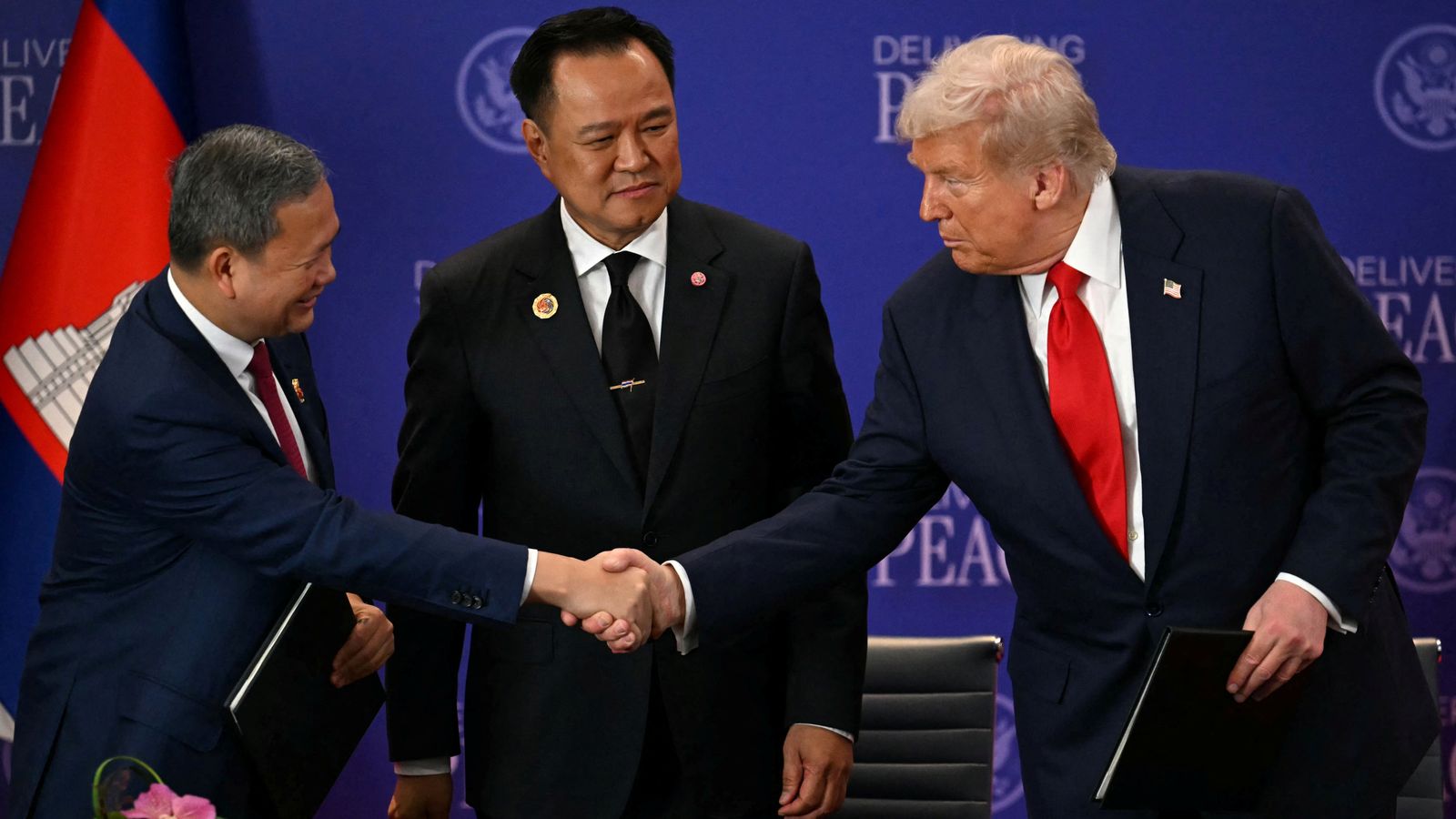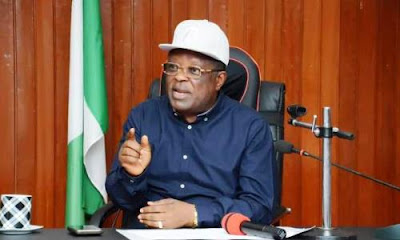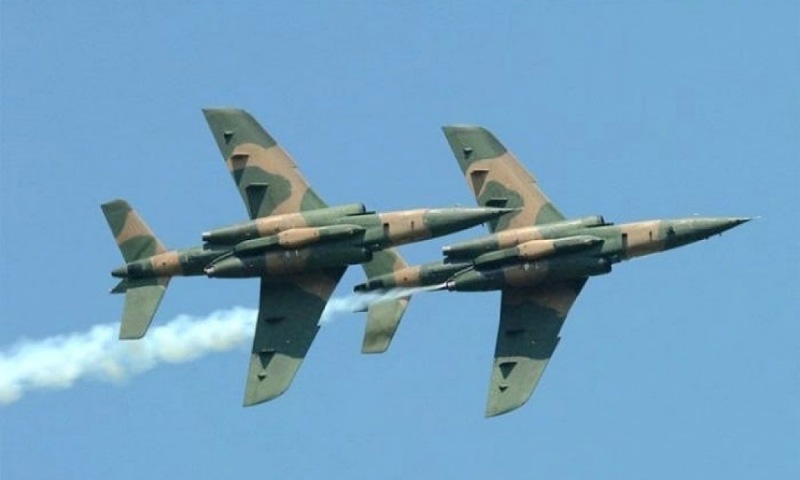On Sunday, U.S. President Donald Trump attended a ceasefire signing between Thailand and Cambodia during his Malaysia trip. The two nations agreed to expand a truce amid past violent skirmishes. Trump’s presence underscored U.S. diplomatic backing for the deal.
Key Terms of the Agreement
Under the agreement, Thailand will release Cambodian prisoners. In return, Cambodia will begin withdrawing heavy artillery from contested border zones. Both sides also committed to cooperate on landmine removal. Regional observers will monitor compliance to prevent renewed fighting.
Backdrop of Past Conflict
Earlier in the year, Thailand and Cambodia exchanged rocket and artillery fire along their disputed border. The fighting in July claimed dozens of lives and displaced hundreds of thousands of people. Trump had threatened economic pressure if hostilities continued. His warnings helped push both nations toward negotiation.
Regional Diplomacy and U.S. Goals
The ceasefire was signed during the ASEAN summit in Kuala Lumpur, which brought regional leaders together. Trump used the opportunity to sign trade and mineral supply agreements with Thailand, Cambodia, and Malaysia. He framed the peace deal as part of a broader U.S. strategy to deepen ties in Southeast Asia and reduce reliance on China.
What Comes Next
Now, the real work begins. Observers will watch whether both sides stick to troop withdrawals and prisoner exchanges. Implementation will test trust, and the monitoring teams will play a key role. Trump’s role as broker may also draw praise or criticism depending on how the agreement holds up under pressure.
Conclusion
Trump’s attendance at the ceasefire ceremony marked a high-profile moment for diplomacy in Southeast Asia. The agreement offers hope for lasting peace along the Thailand-Cambodia border. Yet the success of the truce depends on follow-through, credible oversight, and cooperation between both nations.
Bonus Read: Supreme Court to Decide on Gun Rights for Marijuana Users




One thought on “Trump Joins Ceasefire Signing Between Thailand and Cambodia”